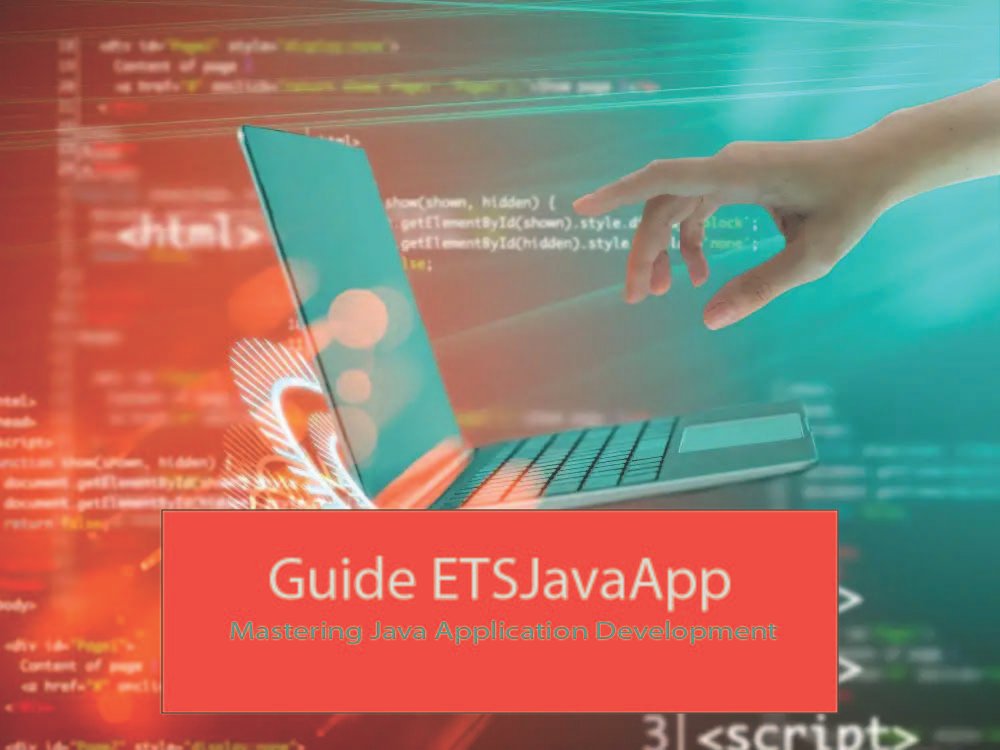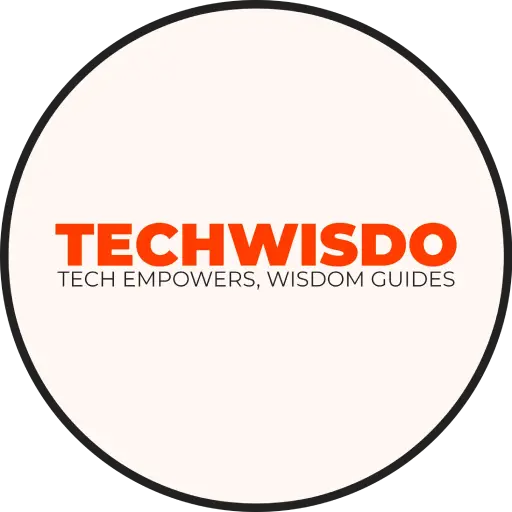Ready to elevate your Java programming skills? Explore “guide ETSJavaApp” for seamless application development.
Table of Contents
Introduction to Guide ETSJavaApp
ETSJavaApp is a monumentally developed tool focused on helping developers develop Java applications. Thus, it plays a vital role in developers’ work as it helps to improve the code structure, automatically make necessary repetitive activities, and increase the efficiency of the debug process. This astounding application intends to improve the development process to reduce the chances of making wrong decisions.
ETSJavaApp was created with the needs and s of the new breed of Java developers in mind. This arose from realizing the necessity to develop a product that would solve typical problems encountered in developing Java applications. In recent times, it has adapted modified options from the developers, hence embracing a user-friendly interface that is also powerful. Its development history is notable for constant enhancement and adaptation of the tool to modern technologies in the course of software development.
Consequently, the guide ETSJavaApp is an essential stake in the current development of Java applications. ETSJavaApp is a good aid for first-time developers or those needing to be more versed in programming. It assists in performing inherently technical tasks and makes the developer write neater and more optimized code. Advanced developers can take advantage of enhanced features that contribute to a range of benefits, such as cutting development time while at the same time improving the quality of the created code. This guide, “Guide ETSJavaApp,” offers a comprehensive look at how to maximize potential of ETSJavaApp.

Setting Up Your Development Environment-guide ETSJavaApp
Before you implement ETSJavaApp, set up a solid development foundation. This begins with the installation of Java Development Kit (JDK). In this case, you need to download the File from the leading Oracle site, which is the most updated one. Following the download, the next step will be installation, with an installation wizard guiding its completion. After this, ensure it is well installed using the command java -version in the terminal or command prompt.
The next step is to select the integrated development environment, IDE, suitable for the Project. Active options are IntelliJ IDEA and Eclipse. Both IDEs are Java-friendly or well-supported for Java development and include many features to help boost developers’ productivity. Each IDE is available on its official website. Therefore, you should download and install the IDE you prefer. After installation, the IDE needs to be set as follows: Follow the instructions above, and once it is done, open the IDE to set for Java.
With JDK and IDE established, the next thing that needs to be installed is ETSJavaApp, which can be downloaded from the link below. Follow the link to the official website of ETSJavaApp and go to the downloads page. Choose the version according to your computer’s operating system, then download the installer files. Once done, extracting the files into a preferred directory in the system is preferred.
Environment variables need to be set up correctly for ETSJavaApp to work correctly. To do this, append the path to the ETSJavaApp to the system’s PATH environment variable. These files ensure the application can be run from any terminal window. This can be done on Windows through System properties followed by environment variables. Unfortunately, it would help if you wrote the paths in your shell profile on macOS and Linux. bashrc or. zshrc.
Now, you have to set your IDE to recognize ETSJavaApp. IntelliJ IDEA would be File> Project Structure > Libraries, so add the ETSJavaApp library. To import Eclipse, you go to Project> Properties > Java Build Path and include the ETSJavaApp library under the libraries section. This will allow your IDE to utilize all the characteristics of ETSJavaApp smoothly.
Pre-installation problems can occur during installation. These include wrong JDK path settings or even a lack of environment path. Be sure that every availability is appointed correctly and that everything is clear. Choose to restart your IDE and terminal sessions to make the changes take effect. If difficulties remain, this should be addressed in the ETSJavaApp documentation or by referring to the forums.
Core Features and Functionalities-guide ETSJavaApp
The ETSJavaApp is a tool that quickly develops Java applications with the help of a set of core features and functions. One of the most essential features is a marvellous code editor with enhanced syntax highlighting, entering tips, and real-time checks. This feature greatly minimizes the probability of syntactical errors, which, in effect, increases the effectiveness of coding. For example, while you are typing, the editor can offer probable code snippets or corrections to enable typing and writing code faster and more accurately.
Another relevant aspect considered in ETSJavaApp is build automation, which helps with Java application compilation and deployment. As Maven can compile source code and launch tests and Gradle declares, developers can consolidate numerous processes, mainly routine ones. This automation implies that the building will always be done precisely, which destroys the chances of making a mistake. For instance, a Maven build file allows developers to download all the required dependencies, compile the Project, and run unit tests.
Here, the guide ETSJavaApp provides information about several other exceptional and relatively high-level characteristics. For example, the integrated performance profiler enables developers to make appropriate adjustments to their applications by pointing out areas likely to cause poor performance. Another worthy mention is that the code refactoring feature is also integrated within the framework to enhance the structural views of code relatively more straightforwardly. At the same time, its functionality does not change. Therefore, the range of some of these advanced tools gives ETSJavaApp a competitive edge over other development environments for Java and makes it a must-have tool to help master Java application development.
Advanced Tips and Best Practices-guide ETSJavaApp
To effectively perform ETSJavaApp, more is needed to learn the functions of this tool. To bring your skills up, exploring some of the more intricate techniques and strategies that, when implemented correctly, can boost your development dramatically is necessary. One of them is the area of performance, specifically performance optimization. Profiling tools can be used within ETSJavaApp to determine the part of your code that might be slowing down your application. This practice can help you identify (for example) algorithms that use too much memory or leak, which harms your application’s performance.
Working with other tools and libraries can multiply the possibilities of your applications by several times. ETSJavaApp supports various plugins and extensions that will be implemented in the development procedure. For instance, by coupling with testing frameworks like JUnit, you can extend and fortify your test process and prevent any inaccuracies.
When the code is written cleanly, and good coding standards are followed, only a programmer can maintain it for an extended and ensure that you write your code in compliance with the standards of coding that are already in the game, and should there be some element of mess, use the refactoring tools provided by ETSJavaApp.
Debugging techniques are inevitable when dealing with problems. The debugging functionalities provided in ETSJavaApp include breakpoints, watch expressions, and log analysis for quick and efficient issue identification and elimination. According to experienced developers, practising consistent and structured methods when coming up with a bug is beneficial in identifying and testing possible solutions.
Finally, know the usual mistakes. The main advice is not to overdo optimizations and use early design patterns that obscure the code instead of simplifying it. It is customary to read through your code over and over and refactor it so that it stays optimal and neat. Still, following these superior pieces of advice and outstanding solutions with the guide ETSJavaApp will certainly help you to improve your level in ETSJavaApp and transform you into a more skilled and efficient Java application builder.
Conclusion
Finally, it can be concluded that ETSJavaApp is a critical application to master for any developer to be among the best Java application developers. This guide ETSJavaApp describes different aspects, including its expressive features, usability, and flexibility, as well as tools that help develop applications within this software tool. ETSJavaApp will help improve workers’ effectiveness and the reliability of further Java application development.
We hope you will begin practising ETSJavaApp here and, at the same time, implement the approaches highlighted in this blog. Here lies the starting point of dealing with Java application development, or in other words, the beginning of our quest. Equipped with these insights, you can share your experiences and opinions in the news feed below this one. Here, you can speak with other Java programmers, receive advice on specific concerns and gain insight into the general knowledge base of Java programming from those in the community throughout the world.










